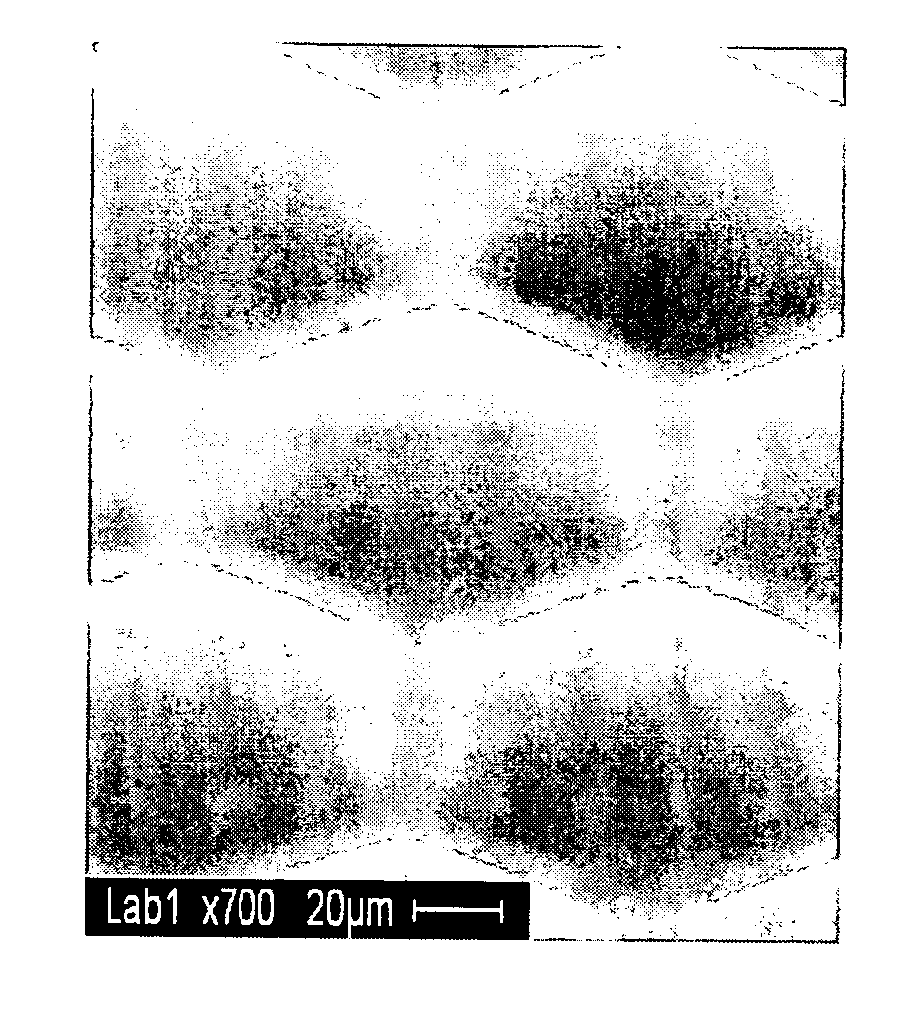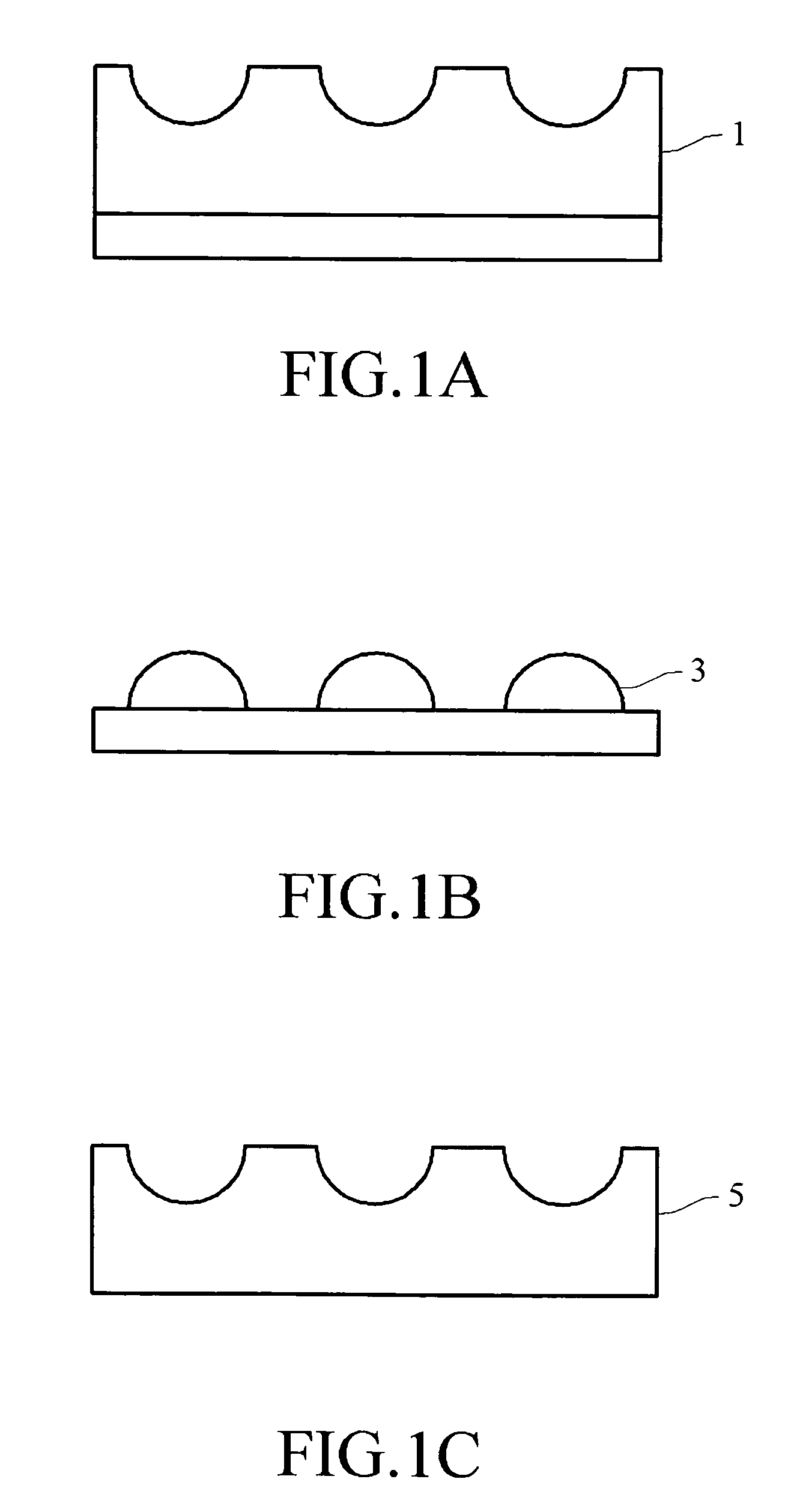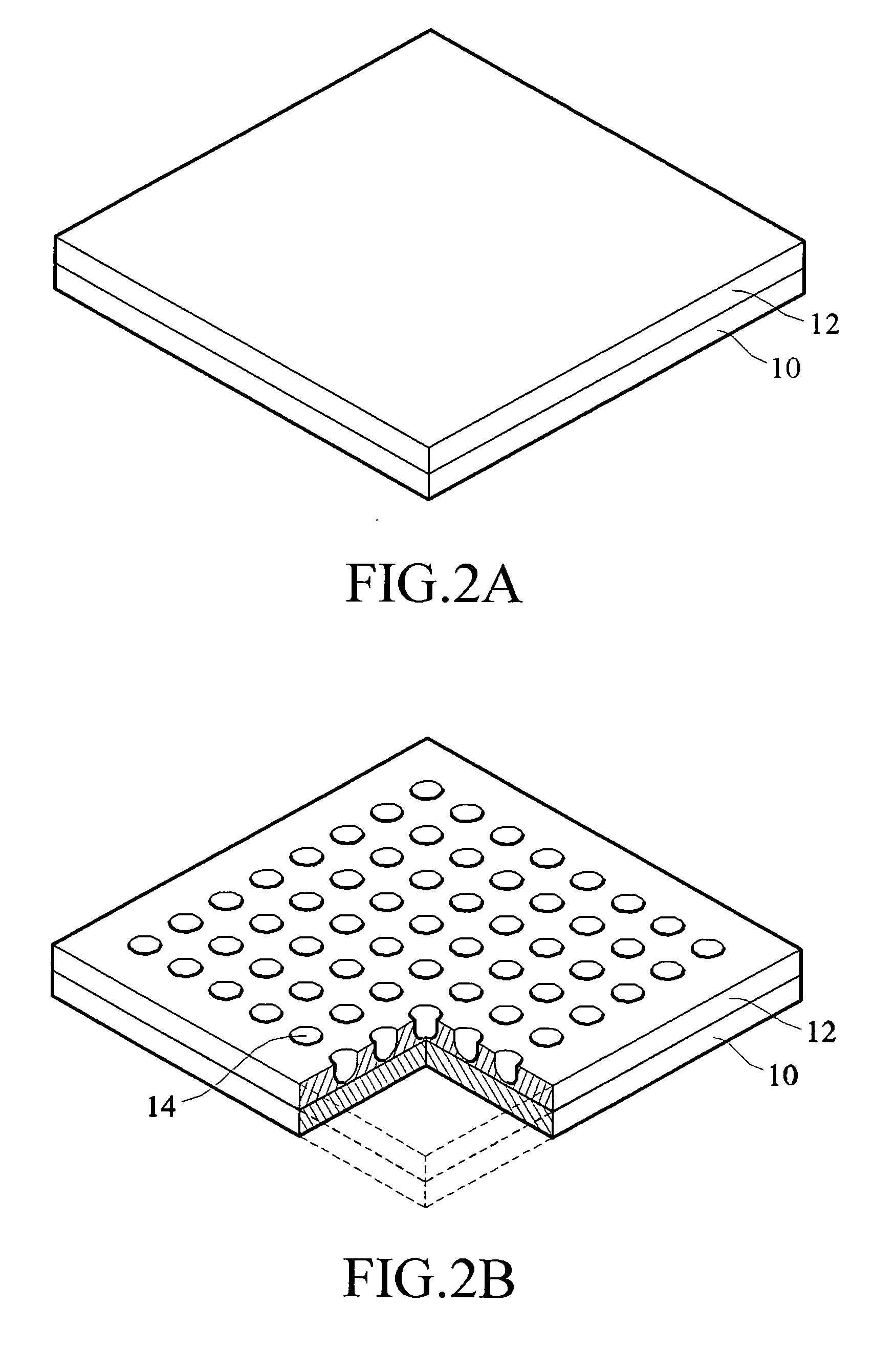Method for fabricating a micro-lens mold and a concave micro-lens
a technology of concave micro-lens and molds, which is applied in the field of micro-lens manufacturing, can solve the problems of inability to produce compact array structures, reduced numerical apertures, and relatively poor mechanical properties of materials
- Summary
- Abstract
- Description
- Claims
- Application Information
AI Technical Summary
Benefits of technology
Problems solved by technology
Method used
Image
Examples
Embodiment Construction
[0027] In order to illustrate the purposes, constructions, characteristics and functions of the invention, it will be described in detail below with reference to the embodiments. The abovementioned content of the invention and the detailed description below are intended to exemplify and explain the principle of the present invention, and also to provide a further explanation about the claims of the invention.
[0028] The object of the present invention is to simplify the conventional process for mass-producing micro-lens molds and micro-lenses, and to develop a new process for producing a micro-lens mold. A LIGA-like process for a thick film (photo resist) can be used along with the application of a UV-curing glue to directly produce a concave micro-mold 1 as shown in FIG. 1A, and mold a convex micro-lens (micro-lens array) product 3 as shown in FIG. 1B. Furthermore, since the concave micro-mold structure employs a material with suitable optical properties, if it can be released from...
PUM
 Login to View More
Login to View More Abstract
Description
Claims
Application Information
 Login to View More
Login to View More - R&D
- Intellectual Property
- Life Sciences
- Materials
- Tech Scout
- Unparalleled Data Quality
- Higher Quality Content
- 60% Fewer Hallucinations
Browse by: Latest US Patents, China's latest patents, Technical Efficacy Thesaurus, Application Domain, Technology Topic, Popular Technical Reports.
© 2025 PatSnap. All rights reserved.Legal|Privacy policy|Modern Slavery Act Transparency Statement|Sitemap|About US| Contact US: help@patsnap.com



